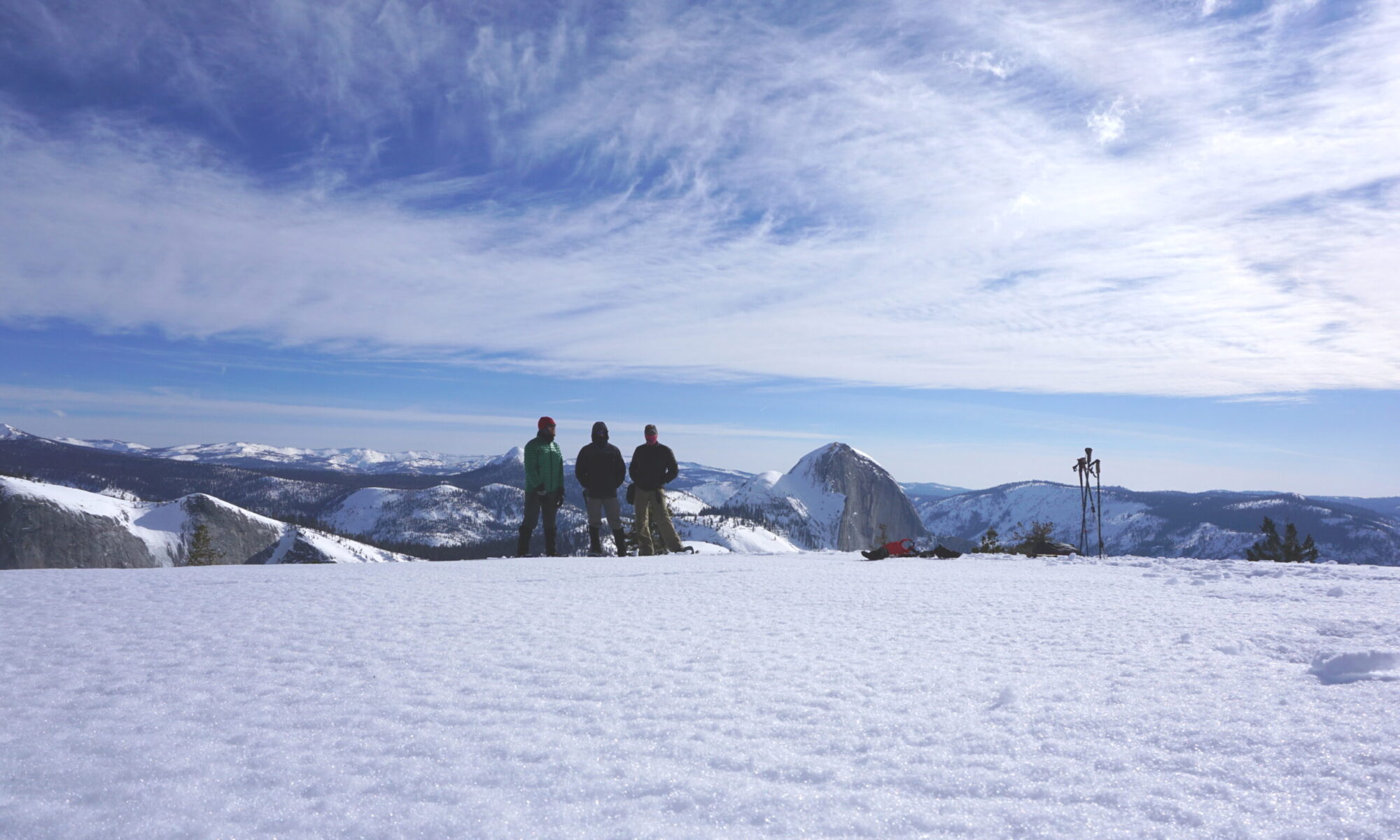Sleeping Bag Care & Storage
The key to keeping your bag going strong is careful maintenance and cleaning.
Maintaining your sleeping bag
Dry it out. In humid or wet conditions, take every opportunity to dry your bag by draping it over a rock or branches, or just laying it on the ground. Moisture reduces loft in down bags.
Treat zippers with TLC. If there’s a snag, don’t try to yank the slider free. Instead, pull out the obstruction perpendicular to the track.
Never store your bag compressed. It’s devastating to the loft. Instead, use the large cotton/mesh bag it came with. Or hang it.
Washing
Let me tell you, whether you have a down, synthetic or blended sleeping bag, after a full backpacking season those things smell rank!
Of course, washing a sleeping bag can be stressful. Not only are sleeping bags expensive but they’re essential in keeping you warm and comfortable at night, allowing you to sleep better.
These are the “Do Nots” when washing your bag:
-
-
- Do not use bleach or softeners as they can destroy the insulation material.
- Do not use a top load washer, or washer that’s too small.
- Do not dry-clean unless it’s done by a sleeping bag professional.
-
Usually the manufacturer will list guidelines for cleaning and that should be your go to. Typically, you will only spot clean when needed using mild soap. Run your bag through a Laundromat washer and drier once the bag starts to feel gross (you know what we mean). Use a purpose-made soap (Nikwax Down Wash or Tech Wash) and launder your bag alone on a cold, gentle cycle or hand wash setting in a large front-loading washing machine. Before washing, secure all zippers and snaps, and remove detachable pieces. Bags with WP/B shells should be washed inside out. Run the bag through the rinse cycle several times to remove all soap. Re-treat the DWR coating as needed (see section 3) while still wet and dry the bag in a large clothes dryer using low heat. Remove the bag occasionally to break up clumps of down, or dry with a few tennis balls. Squeeze the insulation to check for moisture.
Storing
There are two schools of thought for storing your sleeping bag during the off season:
-
-
- Hanging them (over a hanger or similar)
- Rolling them into a stuff sack
-
If you don’t have room to hang your sleeping bags you can buy a large stuff sack that doesn’t compress the loft and allows it to breath, a mesh laundry bag works well for this.
Whichever your choose, you will want to store your clean bag somewhere it’ll not be squished, moist or scratched up. Also keep them away from UV light (like the sun) and heat, these both can easily destroy the bag.
Repairing your sleeping bag
Gaping holes Though rare, gaping holes happen due to accidents or negligence, especially along the zipper track. Do your best with duct tape in the field, then send it to the manufacturer or a specialty gear repair shop.
Replace If your tent is filled with feathers in the morning and there’s no visible tear, your bag is in unstoppable decline. After years of stuffing and unstuffing, the stitch holes in the baffles have stretched to larger than down-cluster size. You can delay replacement by layering up, but it will be time to face facts soon. For synthetics, once they’re no longer warm, it means the fill has compressed. That’s a one-way street.
How to fix small tears in your sleeping bag
Trim the frayed edges and ready a patch (McNett’s Tear Aid and Gear Aid’s Tenacious Tape are the standards; duct tape works if it has to, but will leave a mess later when you peel it off). Cut the patch round and a ½ inch larger than the hole on all sides. Apply the patch to the outside of your bag. Smooth out from the center to eliminate any air bubbles. When you get home, paint over the patch’s edges with Gear Aid’s Seam Grip. Let it cure flat before storing.
Pro-Tip: Sleeping bag liners are a great way to extend the life of your sleeping bag. Liners help to keep body oils and dirt off your bag and can add an extra few degrees, making your bag even more cozy!











